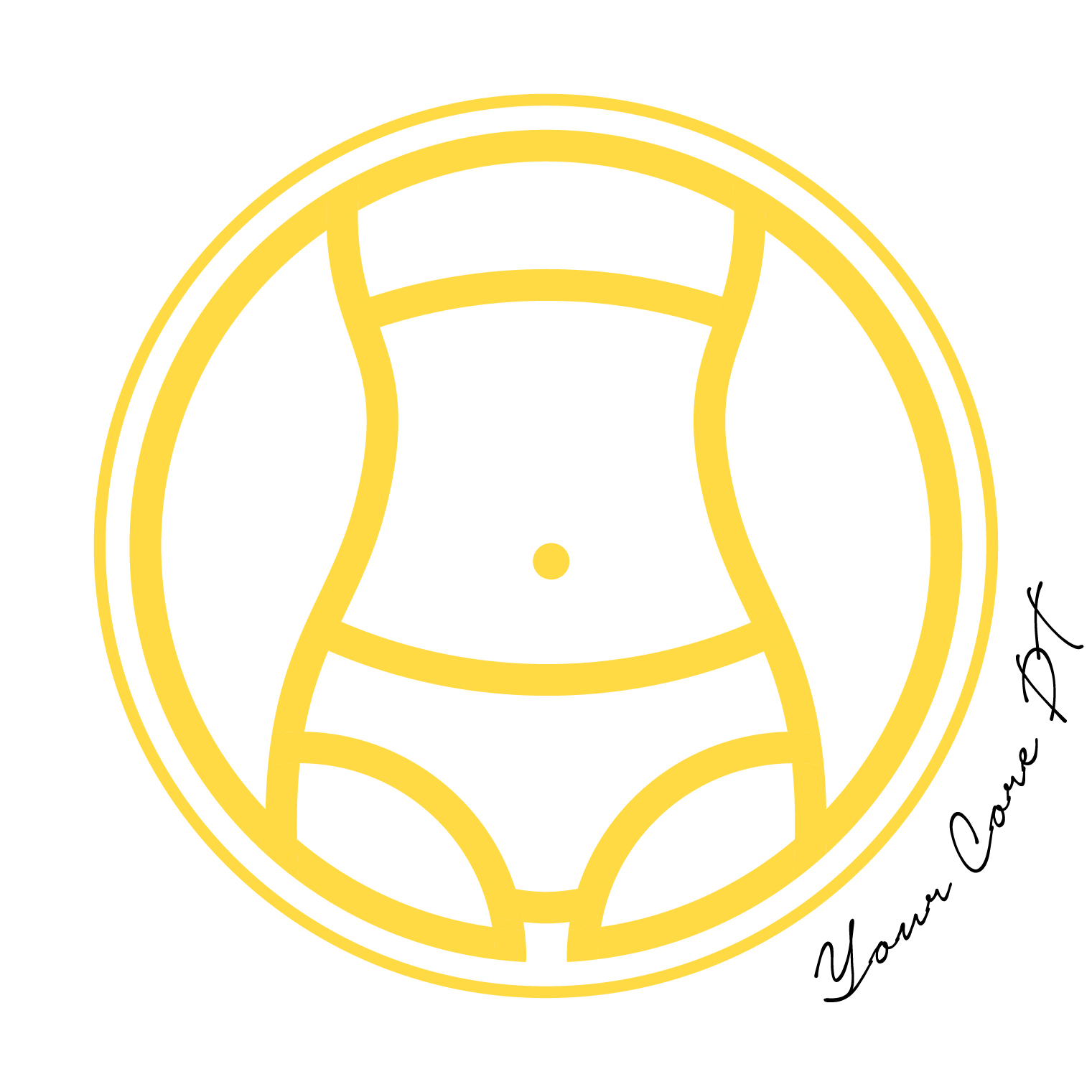Bladder Health
Is your bladder running the show?
it’s time to take back control.
Healthy bladder function doesn’t usually make the gratitude list until it becomes a problem! Pelvic physical therapy can improve urinary incontinence, bladder urgency, and frequent trips to the bathroom, reduce anterior wall prolapse (where the bladder lives) and pain. Conservative treatment is often more effective and affordable than surgery & medication, and definitely more empowering!
Treatment for:
Urinary incontinence
Bladder urgency & Frequency
Nocturia (night time voiding)
Incomplete bladder emptying
Pelvic organ prolapse
Painful bladder syndrome (PBS) or interstitial cystitis (IC)
Prostatectomy (pre & post) rehab
Bladder FAQs:
-
Your bladder shouldn’t rule your life. Healthy bladder function looks like:
Urinating every 2-4 hours (no more than 7x/day)
Feeling a gradual increase in the need to void (not sudden), and being able to get to the bathroom without fear of leaking urine
Being able to jump, run and sneeze without urine leakage
Living pad free without the need to change your underwear or carry around a spare set of clothes
Getting up no more than 1x/night to urinate
No pain with bladder filling
Complete urination without leaking upon standing
-
Nope!
Commercials (and even some medical practitioners) would have you believe that a little bit of leakage is no big deal, however, urinary leakage is not:
a normal sign of aging
acceptable during pregnancy and postpartum
expected after prostatectomy
normal.
Urinary leakage occurs when the pressure within the bladder is greater than the pressure the pelvic floor can generate to close the doors (urethral sphincters) of the bladder. Tissue, nerve, muscle, hormones, and lifestyle can all play a role in bladder dysfunction.
An assessment to determine WHY you are having urinary leakage, and offering conservative treatment options should be a standard of care.
-
Treatment is specific for each person so it never looks the same! Below is a general idea of some commonly used methods to treat bladder dysfunction:
Baseline assessment (a 3-day bladder and bowel diary can be helpful)
Education for home care and exercise progression as well as lifestyle modifications
Neuromuscular reeducation and progressive therapeutic exercise
Manual therapy; muscle energy techniques, myofascial release, strain counter strain, joint, soft tissue, and visceral mobilization
Dry needling
Incorporating principles of brain-pain neuroscience
TENS
-
So much!
I have been a pelvic PT since 2008. I wanted to be ‘the best’ at what I do, so in 2011 I served as Duke University and Medical Center’s Women’s Health Resident. In 2013 I passed my boards to become an APTA credentialed Women’s Clinical Specialist (WCS); I think I was #144 in the country!
In 2014, I began teaching PF1 for Herman & Wallace Pelvic Rehabilitation Institute (this is the course medical and rehab practitioners take to learn about conservative treatment for bladder dysfunction, pelvic organ prolapse, and an intro to pelvic pain).
As an educator, I knew how challenging it can be to transfer knowledge from a 3-day course in the classroom to evaluating and treating patients; in order to improve patient care for the masses I created a collection of patient education handouts called ‘The Bladder Bundle’ for pelvic rehab providers to use in the clinic… these resources are now streamlining and elevating patient care as practitioners are using them around the globe!
It’s been a fun venture thus far and I am SO pleased to offer expert and direct patient care to my community in Asheville, NC!
-
Bleeding with your cycle does not limit pelvic PT assessment and treatment and I take measures to make you feel comfortable such as placing a pad under your hips. If you prefer not to receive internal treatment while on your cycle; no problem…there is still plenty we can do!




